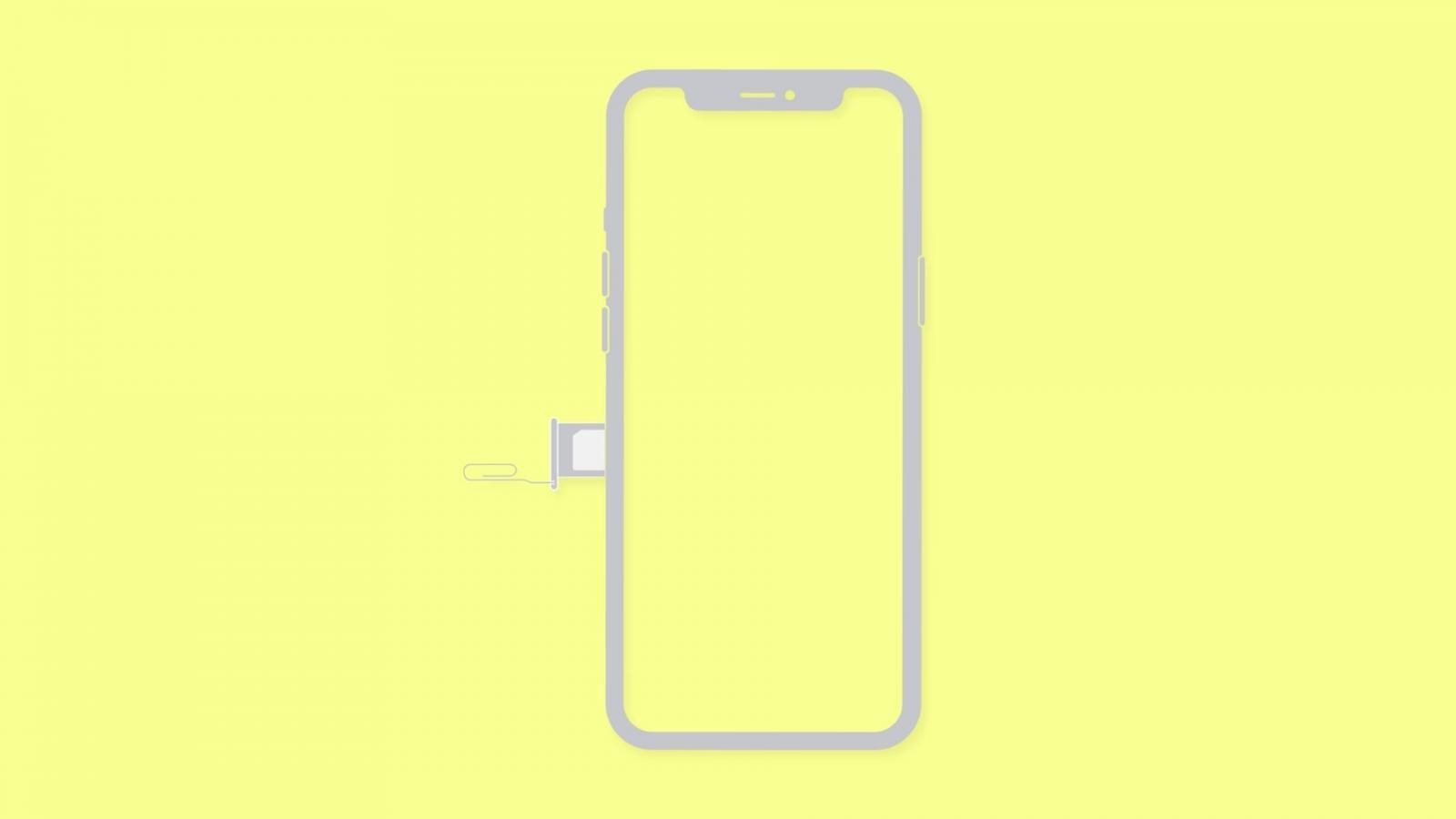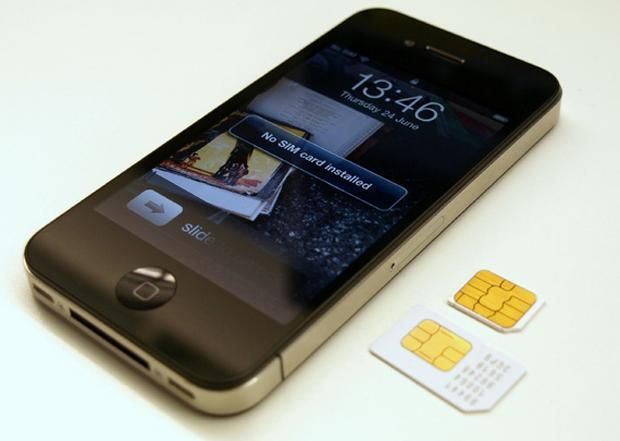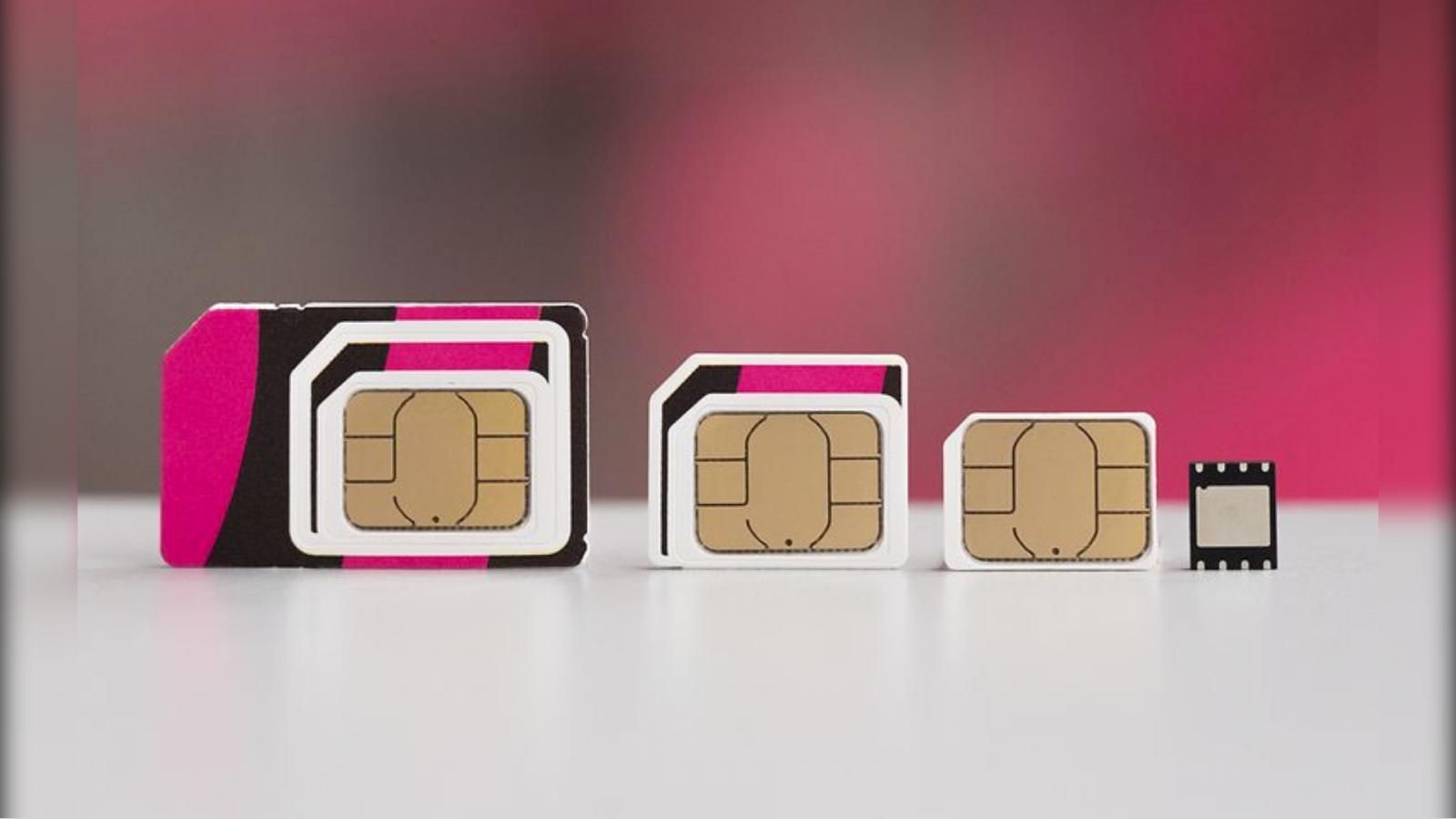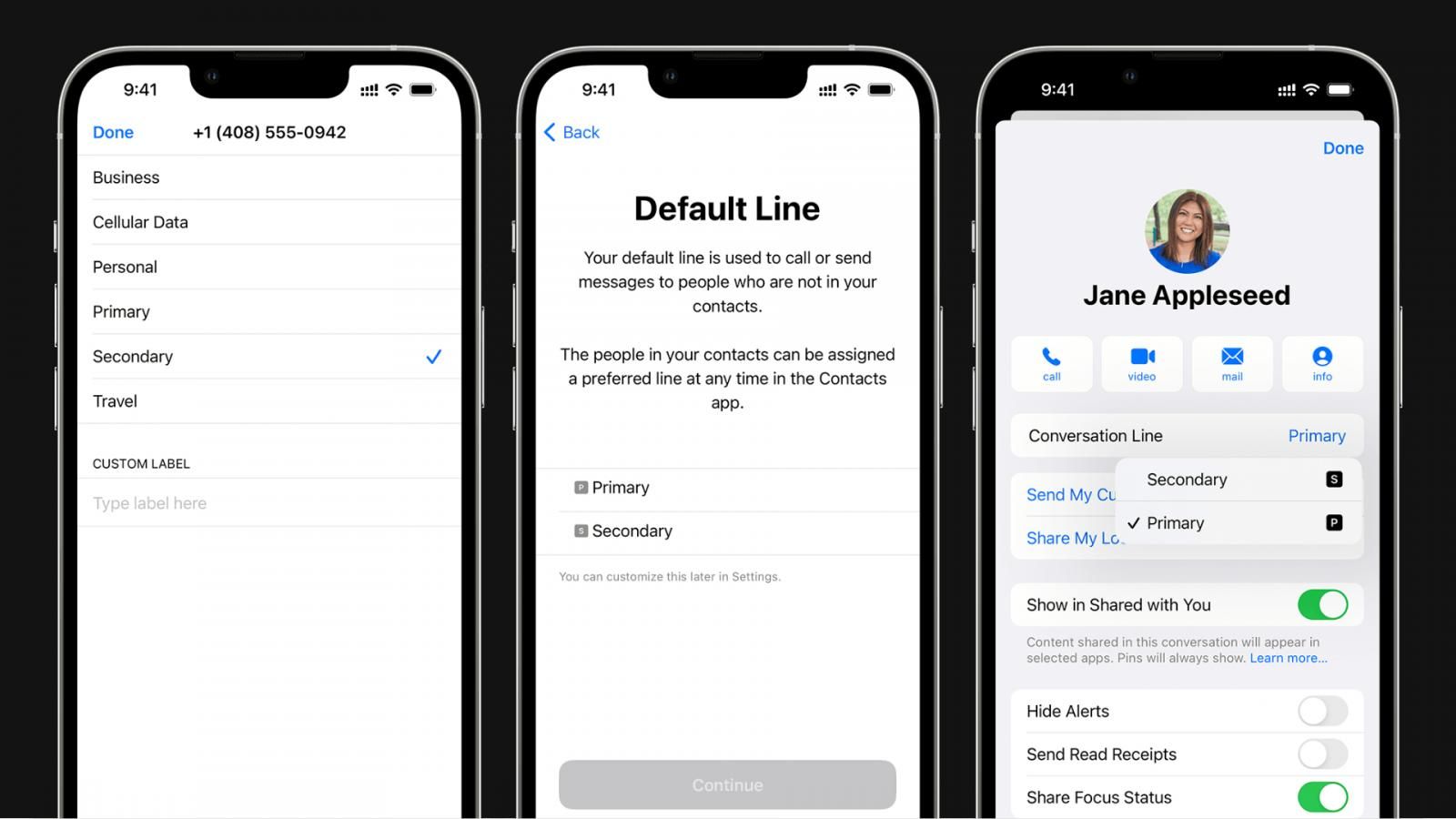Apple unveiled the new iPhone 14 series on September 7, consisting of the iPhone 14, iPhone 14 Plus, iPhone 14 Pro, and iPhone 14 Pro Max flagship devices. The new high-end phones come equipped with the Apple A15 Bionic, and the slightly more powerful A16 Bionic chipsets, and the Pro models are the first in the series to feature the new Always-on Display on iPhones.
Those aren’t the only changes, and Apple appears to be making some significant changes to iPhones made for the US market. The significant change in question is the removal of the physical SIM card tray, which will be replaced by eSIM in the country. This means that those who travel a lot, will either have to do their homework before traveling, or they’ll have to buy their new iPhones from countries such as Canada, Mexico, or even Europe – as those devices keep the physical SIM card tray, at least for now.
What is a SIM card?
The SIM card (short for Subscriber Identity Module) is an integrated circuit running a card operating system (COS) that can securely store the phone number and other authentication keys that are used by the carriers to identify you. The idea was formed back in the 1960s of similar products, but the SIM card itself was developed in “1991 by Munich smart-card maker Giesecke & Devrient, who sold the first 300 SIM cards to the Finnish wireless network operator Radiolinja” - Wikipedia. SIM cards are often used in smartphones, tablets, some mobile-chip-powered notebooks, cameras, computers, smartwatches, and many more.
What is an eSIM?
Evolution of SIM cards. eSIM on the right.
Source: Telekom
eSIM is ultimately the same thing as a physical SIM card, except its embedded in a mobile device. It can still connect to your carrier’s network, handle calls, send and receive messages and connect to the internet. The main difference is that it’s a software solution, not a physical one. You can activate any eSIM on any supported device by installing your eSIM profile, which will automatically configure the device to support the network to send and receive data.
How is the switch to eSIM going to affect me?
There are many benefits of switching to the eSIM technology, many of which will make our lives easier in the long-term, but there are also a few caveats and downsides that will be introduced as a result.
Let’s start with the advantages of eSIM:
Source: Apple
Since it’s not a physical card, it’s easier to switch mobile networks. There’s no need to order a new SIM card and wait a day or two until it arrives. There’s no need to hold onto the ejector tool, and always remember to keep it with you when traveling. It makes switching a lot easier as you just have to install a new profile and call it a day. Many carriers are also offering both physical and eSIM versions, and if you have a supported device, you can check your local network if they support both your device and eSIM in your area.
Most high-end smartphones, including the iPhone Xs and later, Samsung Galaxy S20 Series and later, Google Pixel 3, and older generations already support eSim alongside the physical nano-SIM card slot. If you travel abroad and get a new SIM card to get access to the internet, you can simply either insert the card or install the profile without ejecting your current “home” SIM card that’s in your device. The same principle would work with devices without a SIM card slot since many eSIM devices support multiple profiles, often up to 5. This brings us to the next point: you can not only have more eSIMs installed in a single device, but you can also seamlessly switch between them. You could have your private and work SIM cards on the same phone, and another with unlimited plans when traveling, and another for a few family members.
One of the biggest reasons why the SIM card slot will be removed comes down to space. The SIM card slot takes up a lot of valuable space inside the smartphone, not to mention it’s even more on smaller devices such as smartwatches. Removing the SIM card slot could free-up space that could be used for better water and dust protection, more battery capacity, better vibrator motor, and other additional sensors to include more features.
The disadvantages of using eSIM:
There are a few key downsides of using eSIM, some of which come down to your region and local laws that could make it a less suitable option, and it could restrict how some people use their devices.
Installing and activating an eSIM is fast and painless, and it doesn’t require any additional tools, but what if your device is lost, or the smartphone is broken – perhaps water damaged? Well, that’s a bit tricky, since all of the information is stored on the device itself, and you can’t just pop it open with an ejector tool. It’s designed to seamlessly connect with the phone’s operating system that communicates with the carrier and its network settings to set up and provide the service.
For the more privacy-conscious, you can’t just eject an eSIM, and it will always be embedded in the device, and all a user can do is turn off the device in some situations. For those worried about tracking, the only option would be is to disable Wi-Fi, data, and enable airplane mode. As a counterargument, having the eSIM always embedded in the device makes it easier to track down the phone in case it’s stolen since thieves can’t physically eject it to hide away.
Another reason why eSIM could be bad comes down to local laws. For example, in the UK, it’s not allowed for carriers to sell locked devices, which means that companies can’t lock eSIMs to certain devices, which could prevent people from selling smartphones on the second-hand market for some quick money. Some countries may not find this important, and therefore carriers could prevent people from selling devices that are on contract.
Should I care about the switch from physical SIM cards to eSIM?
Technically there is no reason to worry about the upcoming changes since most of the technology is already in place, and it will take more years until all of the physical SIM support is removed from devices. The transition will likely take 3-5 years like it was for the 3.5mm headphone jack, and it won’t happen overnight. Low-end and mid-range devices will likely keep the nano-SIM card slot for the upcoming years, and it will slowly fade away and be a thing of the past.
Carriers will likely provide SIM card support for many more years since there are many smartphone collectors around, but mainly to support the hundreds of millions of existing devices on the market used every day by people to make calls and connect with others. We’re also unlikely to see it removed from satellite devices, which will likely continue to have the SIM card slot as a more reliable solution for researchers and engineers.
I believe the eSIM switch will introduce a lot more pros than cons in the near future, and most of the downsides and problems will likely be fixed in a short period. Carriers will offer more support and create dedicated helplines to solve issues as quickly as possible as we move over to this new standard, and most of the infrastructure is already present at most carriers’ networks. Problems, such as the broken phone situation, need to be fixed quickly. Many companies already offer a one-stop-shop via a mobile app or web that lets users manage their accounts and plan, and I see no reason why the eSIM support wouldn’t be any different from existing solutions.
-
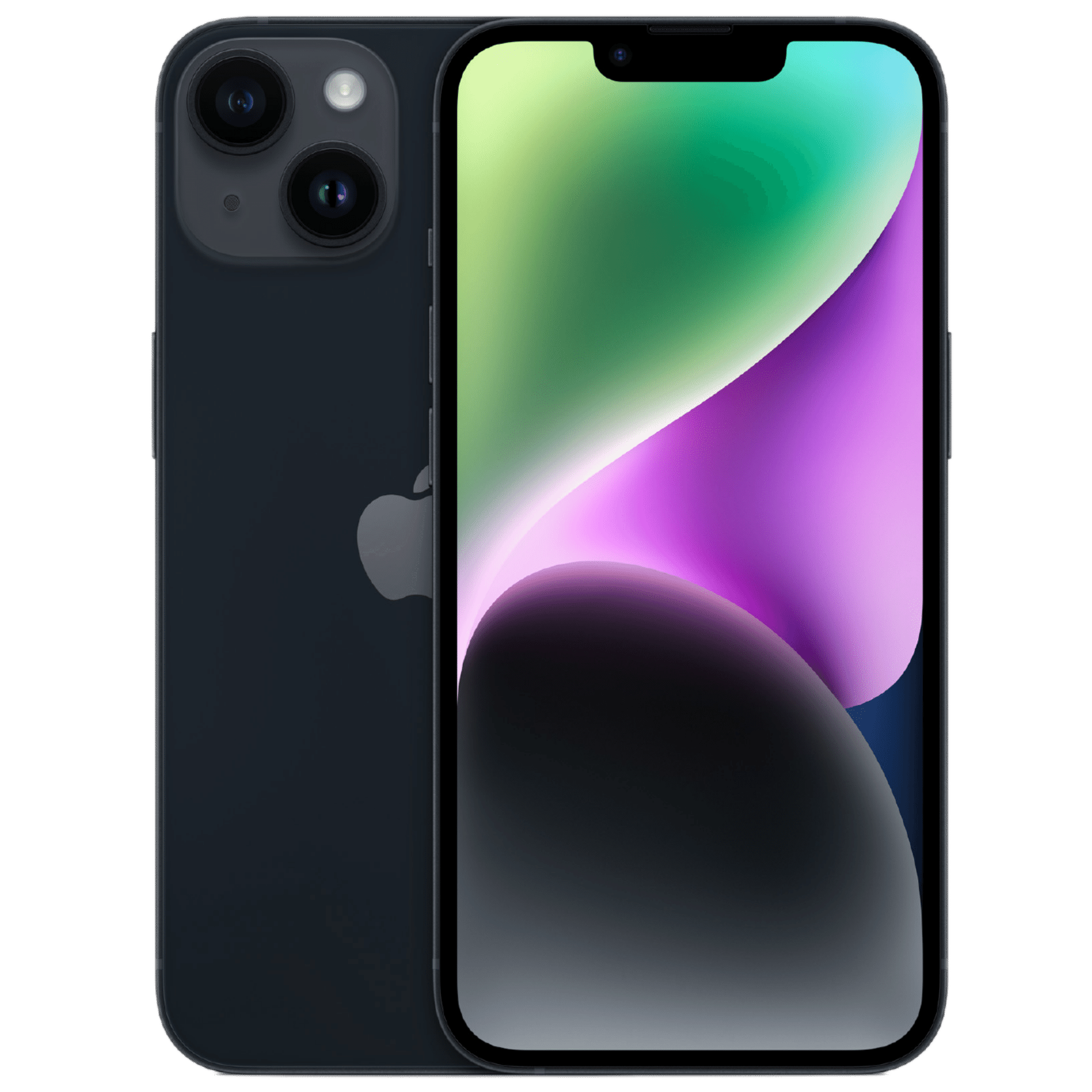
Apple iPhone 14
iPhone 14 joins the market as the smartphone to pick if you want a high-tier of performance, great cameras, and battery life that will last you through a day of use with ease.
-
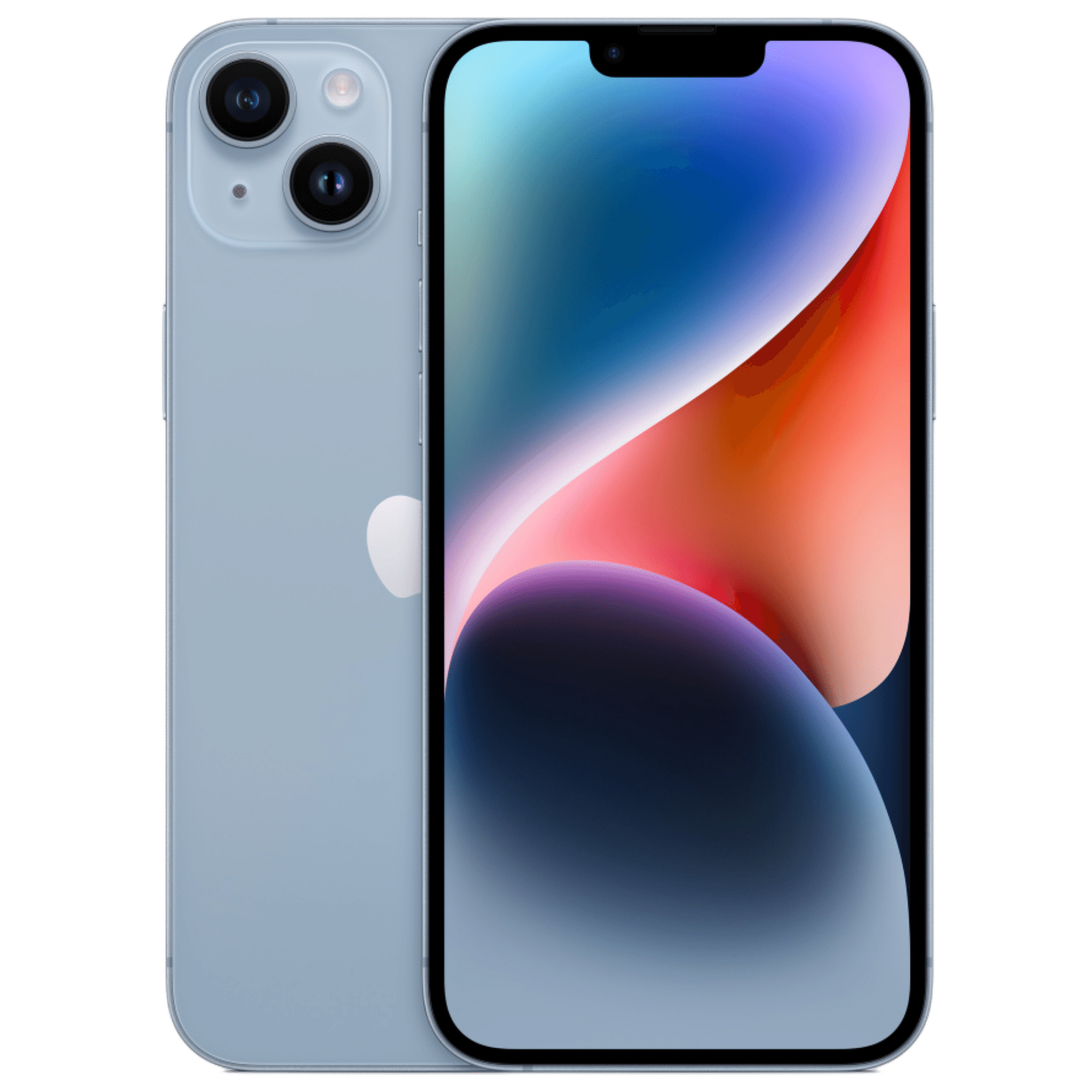
Apple iPhone 14 Plus
iPhone 14 Plus enters as the device to pick over iPhone 14 if you want the same high-tier performance and great cameras, with the added advantage of a screen that will help you see more at once and longer battery life.
-
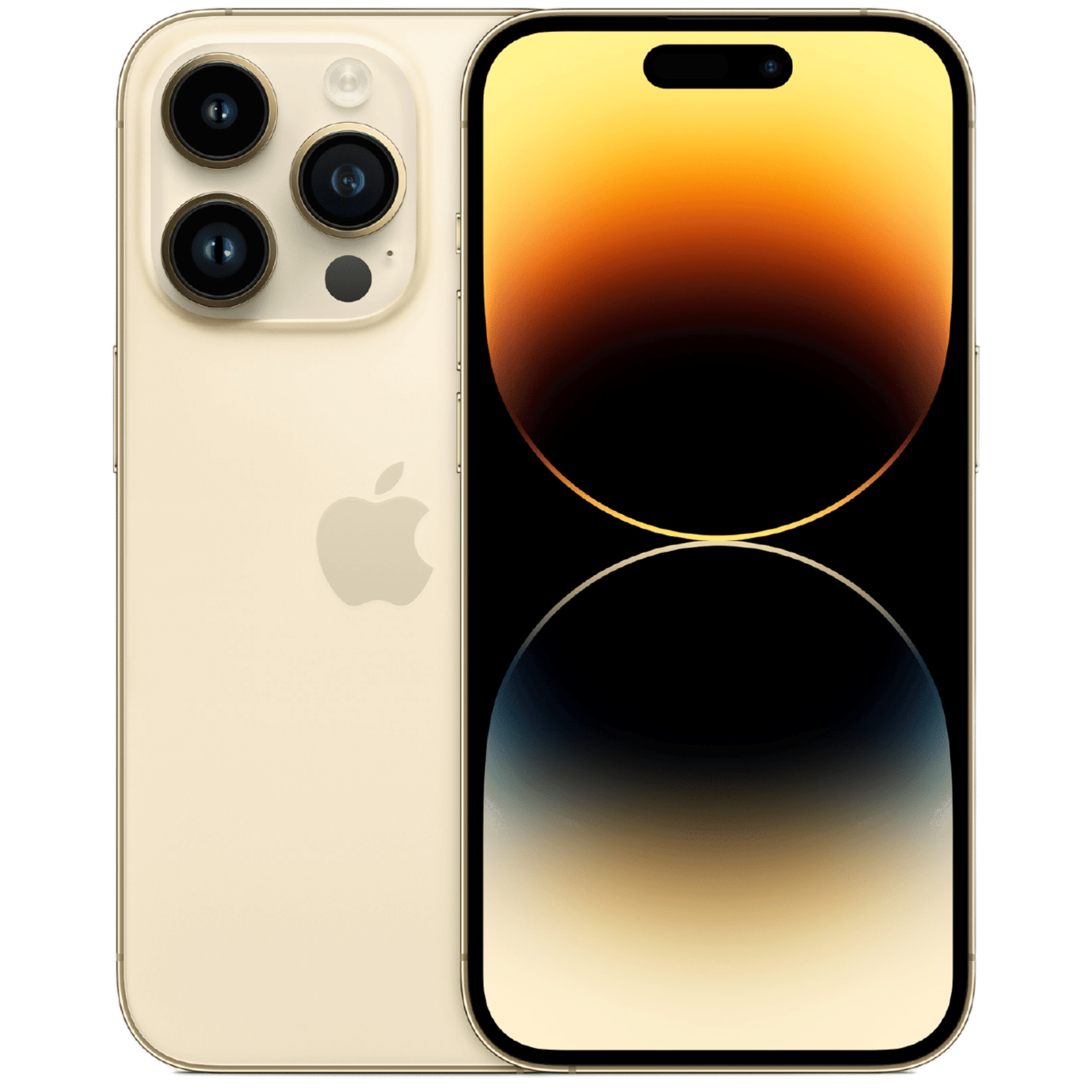
iPhone 14 Pro
iPhone 14 Pro is the latest premium smartphone from the brand. It features a new pill-shaped 'Dynamic Island' notch, 48MP primary camera sensors, an A16 Bionic chipset, and much more.
-
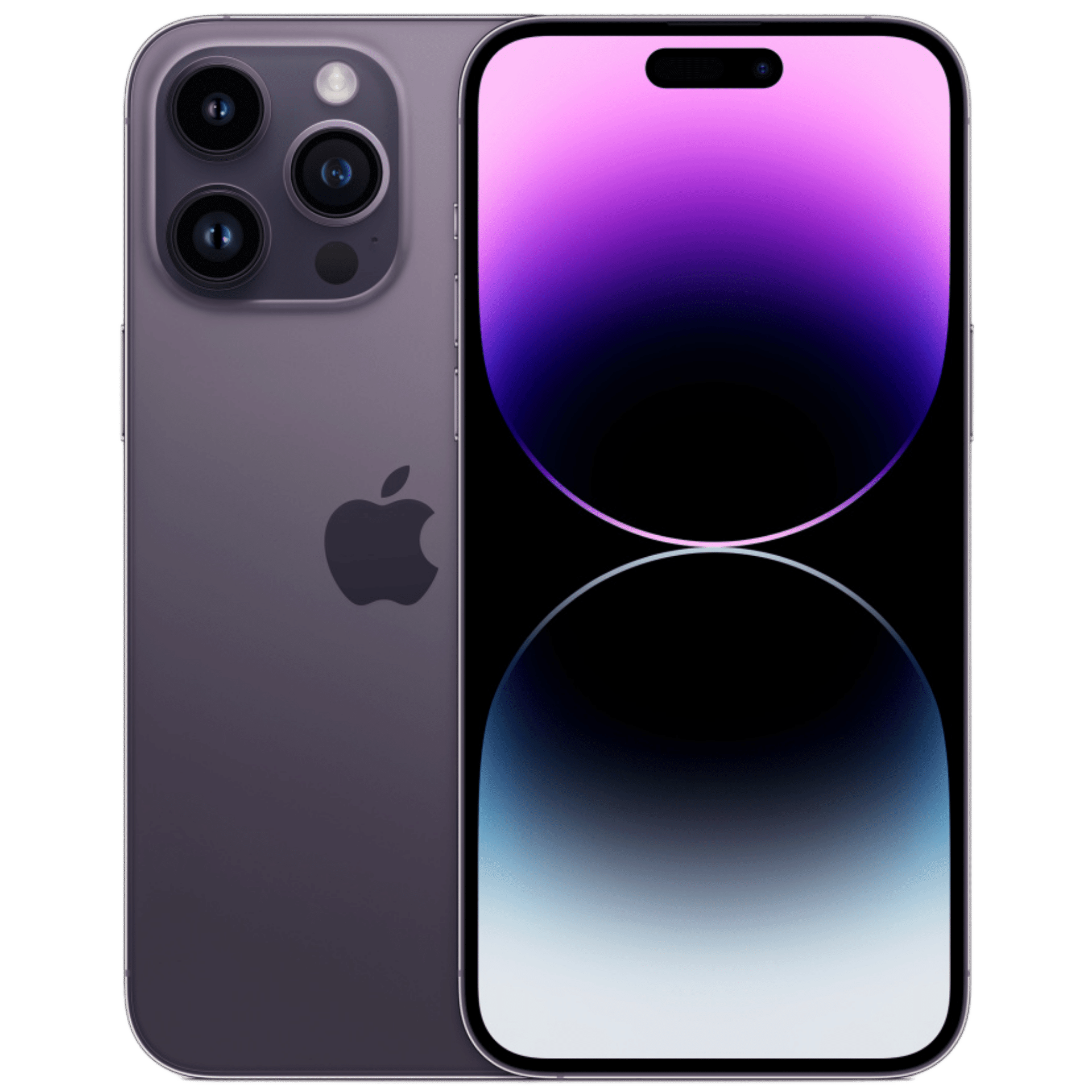
iPhone 14 Pro Max
iPhone 14 Pro is the latest large-screen premium smartphone from the brand. It features a new pill-shaped 'Dynamic Island' notch, 48MP primary camera sensors, an A16 Bionic chipset, and much more.

